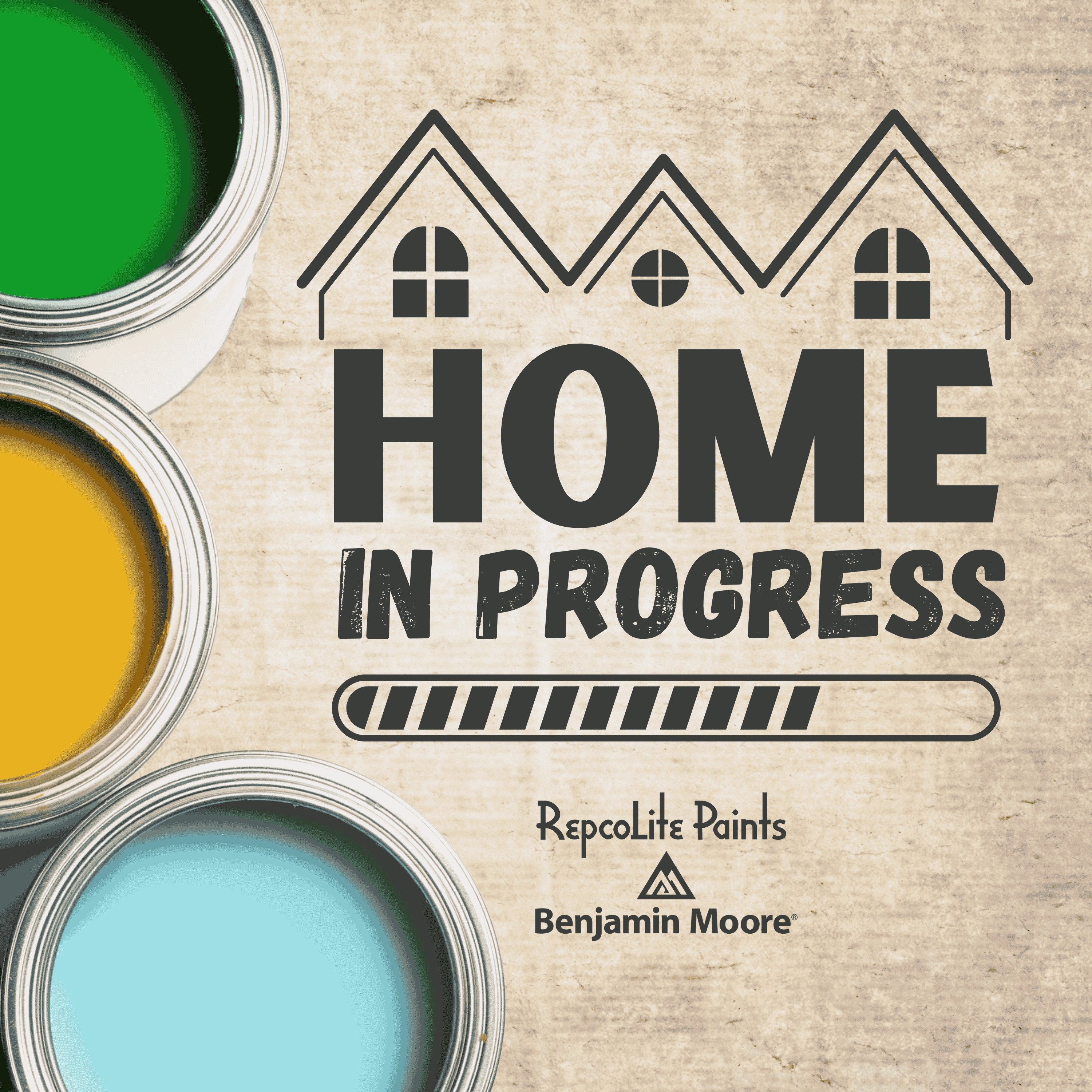Episode 294
Are You Moisturizing?; Damaged Drywall Repair; A Quick Step for Flawless Paint Results; The Anatomy of Trim
On Today's Episode
Are You Moisturizing? [00:00 - 08:44]
Here's the video Dan was talking about at the beginning of the segment!
We talked about Dan’s smart humidifier last week
- How it can be an essential home appliance during the winter
- Which reminded us there are simple maintenance steps many of us forget about during winter months!
- Conditioning the wood and leather in our home
As wood or leather loses moisture, it shrinks, which can result in cracks in your beautiful wood cutting board or favorite chair.
Even if you don't have leather furniture this same rule applies to leather bags, coats, shoes etc.
Make a plan to oil your wood cutting boards and furniture once a month during the winter, or whenever they feel very dry to the touch.
The entire process takes less than five minutes—and it could help preserve your cutting boards and furniture for years to come.
Cutting Boards:
- First, make sure your cutting board is clean and thoroughly dry.
- Using a clean cloth apply CUTTING BOARD OIL to the surface of the board
- distribute the oil evenly
- let the oil soak in for a few hours or up to overnight
- Using another clean cloth, wipe off any excess oil. Your cutting board should look shiny and revived, without being damp to the touch.
For Wooden Furniture:
Note: Follow these steps for oil-and-wax or stain-and-wax finishes, not painted or lacquered pieces.
- Wipe the furniture with a damp cloth to remove any dirt or dust. Follow with a dry cloth to remove any moisture.
- Apply wood polish to a clean cloth, then wipe it onto the furniture, working in the direction of the grain.
- Let the oil soak in for about 30 minutes before buffing in and wiping away any excess oil.
Leather Furniture:
Leather lasts forever with the right amount of care and upkeep, so why not get the most bang for your buck
It’s recommended to clean light-colored leather every six months and dark-colored leather once a year.
- start by vacuuming the leather couch to get rid of any crumbs. Then dust it, if necessary, to remove any lingering dirt.
- Make sure it's completely dry
- Now it's time to get down to business and use cleaners.
- Leather cleaners can help break down the dirt and stains to make your leather couch look like new.
- Some products are 2-in-1 and contain both the cleaner and conditioner.
- This part is very important - Spray the cleaner onto a cloth, rather than directly onto the furniture!
- Prevent it from leaving spray marks.
- Wipe lightly all around, making sure to clean the edges, nooks, and crannies.
- Work from top to bottom to avoid any uneven polish marks.
- After you've cleaned, make sure to wipe away any excess cleaner before conditioning the couch.
- Grab your favorite conditioner, either in spray or bottle form, and apply a small amount onto a clean cloth.
- Conditioners are great because they contain healthy oils to make your furniture look fresh, smell phenomenal, and stay moisturized. Extends the life of your furniture!
- Once you've finished buffing in the conditioner
- Allow the leather to dry for an hour or so to let the product seep in
- Avoid getting the oil on your clothing.
Damaged Drywall Repair [08:45 - 18:59]
Ever removed some base board or maybe a backsplash or a toilet paper holder and ended up peeling off some of your drywall's face paper? If you've got brown paper exposed on your wall board, you'll need to seal it before you mud it or you could be dealing with annoying bubbling! Gardz is a waterbased product that comes to the rescue!
Here's a quick overview of the steps involved when using Gardz:
- FIRST: remove the curling paper mess. You can do this by running a joint knife over the surface or doing a light sanding. Sometimes, that paper will continue to peel. If that's the case, score around the damaged area with a razor. This will prevent the peeling from continuing past the scored line.
- SECOND: Get rid of the dust and apply a good coat of Gardz. It's quite runny, so don't use a thick-napped roller cover. A 1/4" microfiber roller cover is ideal! Roll an even coat over the damaged areas, but don't overapply. Let it dry for about 3 hours.
- THIRD: Gardz dries to a very hard finish. When the surface is dry, the curled pieces of brown paper that were not sanded off earlier will be easy to remove by running joint knife over the surface. A light sanding would work too.
- FOURTH: Apply a light skim coat of drywall compound and apply more coats of compound as necessary.
- FINALLY: When finished, prime the area with another coat of Gardz, or even just a single coat of your finish paint. Then coat the entire area with an even coat of finish!
A Quick Step for Flawless Results [18:59 - 32:03]
We're joined by Benjamin Moore Territory Rep, Jon Potoski from the Metro Detroit area. Jon makes the case that a quick pole sanding between coats of paint will produce flawless results everytime!
The Anatomy of Trim [32:03 - 39:29]
Our homes are full of different pieces of trim. Many of us know the names of a lot of those pieces . . . but there are probably a few you don't know and possibly even a few you're referring to incorrectly! Knowing more about our homes is always better . . . so here's a quick discussion on trim!


